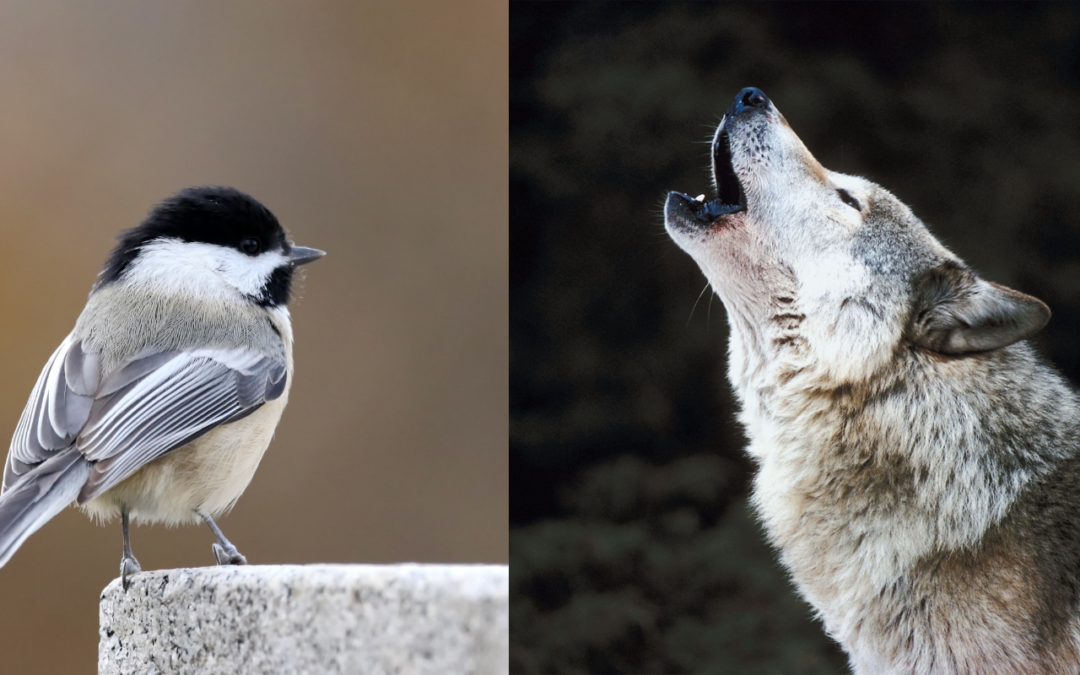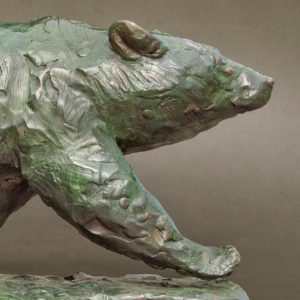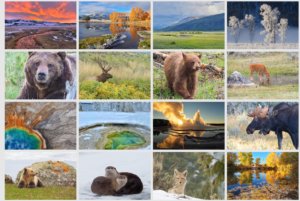What do wild animals and the Broadway play Hamilton have in common?
Decoding animal language is like watching a universal play.
If the world of decoding animal language is new to you, you’re in for a treat. Deciphering animal language is a bit like pulling back the curtain onto a universal play. Though the actors may change, like the alternating cast of Hamilton in New York vs Chicago or San Francisco, the play is the same. Once you learn the parts played by the animals in your backyard, you’ll be able to recognize the lines anywhere in the world you travel.
The feats that even the newest students of animal language are capable of, border on the miraculous. To the uninitiated, the knowledge found in animal insights can seem like ESP, clairvoyance or some sort of shamanism; and to be honest, it is kind of neat when someone thinks you have superhuman powers! In reality, however, it just boils down to better observation. We encourage you to dive in right now by drawing back the curtain on one of the greatest dramas of all time. By honing a few simple observation skills, animals can tell us that there is a snake wriggling through the tallest grass on the ‘back 40,’ or that there is a cat coming down a far hedgerow or about the owl perched in the evergreen in the city park.
Consider the millions of people that come to Yellowstone National Park every year; many of them wishing for a glimpse of a grizzly bear or wolf on this wilderness stage. The problem is, the animal they most often want to see is right there in front of them—but they haven’t have a clue as to what to look for. Visitors end up leaving the park feeling crestfallen, and with a sense of longing. If only they realized that all the information they needed to find the ‘good stuff’ was at there at their fingertips the whole time—you can see amazing things on your own without a guide, and without stopping at the largest collection of cars and onlookers on the roadside. Learn to pick out the the little things, like the raven with a chunk of meat in its bill, or the frantic coyote’s barking, and you might be the one that gets to see the wolves or grizzly on a fresh elk carcass just over the hill… and might have it all to yourself.
‘Nat Geo’ moments…start in your own backyard!
The path to revealing those ‘National Geographic moments’ is as close as the sparrow in your own backyard. Getting to know that little bird, and its fellow cast members is your best way to find that charismatic carnivore in a million acres of wilderness. The sparrow is doing many of the same things that the squirrels, elk, deer, and bison do in other places when trouble is afoot; think of it as a kind of actor’s wardrobe change. It might be a Cooper’s hawk in your local park, a dog, or a cat, but rest assured, when there is a disruption in the neighborhood, the first ones to know are your wild neighbors—and I’m not talking about the party animals in the house across the street. Wild creatures in particular, live on a knife-edge. The difference between life or death can hinge on the tiniest shifts in food, water, cover, and the presence of predators; as a result, they have to pay attention.
The dialogue between nature’s ‘players’ is going on all the time and it is there for us to use; whenever, wherever. It’s like going to any playhouse on the planet, and though it might be a similar show by a different cast, the performance is going to be essentially the same. Even if you saw Hamilton in San Francisco without Lin Manuel Miranda as the lead, you probably still enjoyed the show and got the gist of the program.
The signposts of animal communication can be pretty subtle however; to recognize those nuanced scene changes and transformative cues, you will have to slow down, look carefully and listen intently. Mother Nature very seldom shouts, almost all of her insights come in a whisper. That sparrow along your back garden wall may not always jump into a shrub to avoid the neighbor’s cat; it could be joining its mate, feeding a chick, or gathering some insects, etc. Your job is to pay close enough attention to recognize and differentiate between those different activities. With knowledge from your local haunts, you will soon discover analogous behaviors everywhere, and once you do, you will never be able to go back to seeing the world the same way again. So, when a predator shows up, and multiple different species team up to spread the word, you’ll recognize it. Imagine what you could know if you were listening in!
You may not know what species of tropical bird or monkey that is making a series alarm calls, but that harsh, repeated vocalization made in response to that equally unknown, hunting hawk, is very much the same the world over. Recorded alarm calls of wrens from North America for example, will elicit the same arresting vigilance when played for species in Japan, Australia and elsewhere—it is that consistent. By seeing the same dramatic patterns unfold in different places, with different characters, you become part of the narrative. You will no longer be catching the tail end of a great sighting, but rather, you will be able to follow the entire sequence as the riveting events unfold. With a bit of time and attention, you can begin to bridge the gap between ‘just taking a trip,’ to witnessing some of the most remarkable wildlife encounters anywhere.
No matter where you travel the lines are the same
The leopard in Africa, the mountain lion in Yellowstone, the tapir in Costa Rica may all be much closer than you ever realized. Remarkable things are so often just out of sight and completely out of mind, that is, until you start tuning in wild conversations. Let the sparrows be your ushers, the squirrels, your sensei’s, the cardinals, your tutors, and the rabbits, your docents. Allow yourself to be absorbed into their more-than-human worlds. With time, their needs, fears, and joys—beyond just knowing when there is trouble is around—will become ever more clear. The more we begin to make room for our non-human neighbors, the more we become connoisseurs of nature’s theater, and the better stewards we will become for the places we love.
Want to delve deeper into animal language? Join our free webinar Secrets of Animal Language: How & Why to Tune In Right Now.



